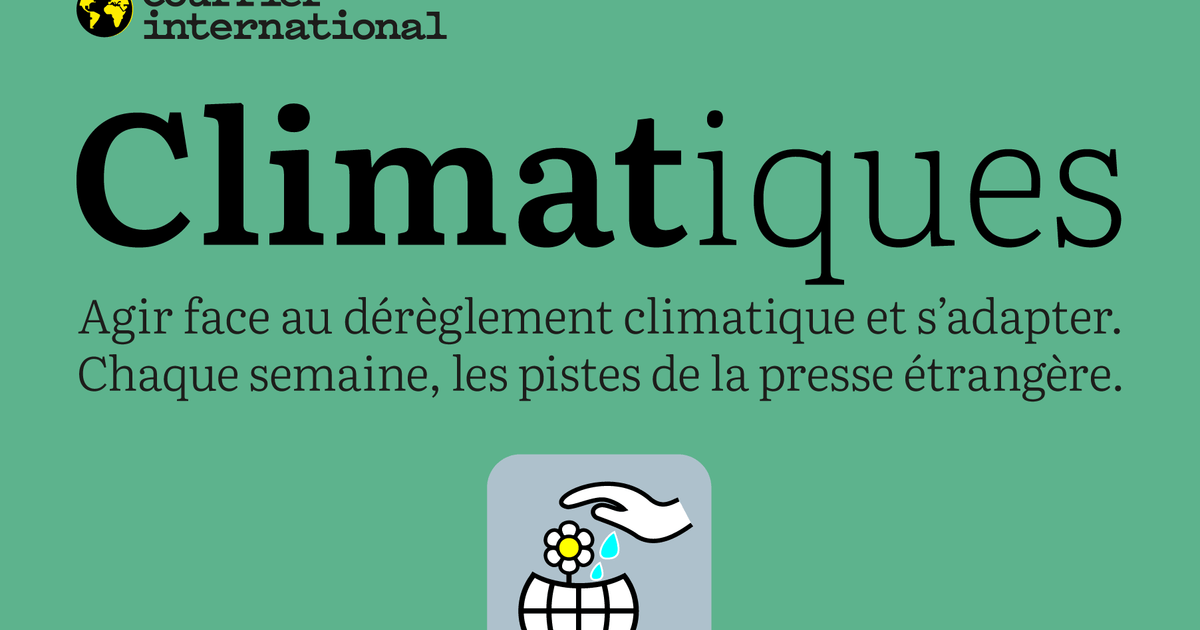This Brutal Week Shows Just How Important It Is to Know How to Judge Heat

Sign up for the Slatest to get the most insightful analysis, criticism, and advice out there, delivered to your inbox daily.
Summer just started, and the first significant heat wave of the season is almost over. It’s been a doozy. Some 265 million people across the Midwest and the eastern United States have experienced a week of temperatures in the 90s and triple digits, with a slew of all-time records set on Tuesday. While extreme heat waves can be caused by any number of factors, this particular one is thanks to a phenomenon called a heat dome: a ridge of atmospheric pressure that settles over a region like, well, a dome. Or, as the National Weather Service’s Alex Lamers so wonderfully described it to NPR, think of it as a lid placed over a grilled cheese, which, as we all know, makes the cheese melt much faster. (Except in this scenario, we are the cheese.)
It’s not just the temperatures that have been soaring: This heat wave has been accompanied by unusually high humidity, carried up by winds from the Caribbean Sea. It’s common knowledge that humidity exacerbates the experience of heat. Moisture in the air reduces the evaporation (and thus the efficacy) of sweat, humans’ biological cooling system. That’s why a 90-degree day in New York City might feel worse than a 120-degree day in Phoenix.We all know this. What New Englander has never uttered the words “it’s not the heat, it’s the humidity”?
But as heat waves get more intense and frequent, it will become increasingly important to factor in the role of humidity, particularly when thinking about health risks. Humidity, like heat, is climbing due to climate change. A recent study found that humid heat waves in particular have gotten worse over the last 40 years. The research also demonstrated that due to humidity differences, worsening heat will not affect all regions equally—severity will be much worse in typically humid areas, like the eastern United States. And yet not all heat wave classification metrics include humidity among their considerations.
What that means: When you’re deciding what to do outdoors during weeks like the one the Northeast and Midwest are having, don’t rely on temperature alone. It’s high time to sort out your various heat-related metrics and make sure you’re considering the right factors when making decisions about how to protect your health during extreme heat. For instance, while 85 degrees Fahrenheit might seem manageable for sitting by the pool in low humidity, it can feel as hot as 107.5 degrees Fahrenheit when humidity is at 100 percent. Better to stick to the AC on a day like that.
So, let’s review some important terms. One that’s used frequently in the context of heat waves is the “heat index,” which refers to what the combination of heat and humidity feels like (specifically, in the shade—direct sunlight can increase that “feels like” number by as much as 15 degrees). This past week, the heat index reached 115 degrees in some places, even though the actual temperature was lower. It’s obviously helpful to know the heat index, but the number on its own doesn’t provide insight into the breakdown of heat versus humidity.
To get more precise, look for the relative humidity (sometimes called “humidity” in weather apps) and dew point. “Relative humidity” refers to the amount of moisture in the air relative to the amount that it can hold. That changes depending on the temperature, so it’s not super helpful. “Dew point,” on the other hand, refers to the temperature at which the air becomes saturated with moisture so that vapor will actually condense into dew. A higher dew point means the air is moister and thus will feel muggier. 50 to 60 degrees feels most ideal; over 70 degrees gets brutal. (During a heat wave a few years ago, Vox spoke with meteorologist John Homenuk about an example of how relative humidity is quite finicky: A temperature of 100 degrees with a dew point of 75 degrees will result in 45 percent relative humidity, which sounds fine, but considering that dew point, would really suck.)
All these indices give insights, but the gold standard for many meteorologists is a measure called the WetBulb Globe Temperature (WBGT). It captures a bunch of factors: not only humidity, but also wind, sun angle, and cloud cover. As such, it’s really helpful for predicting the risk of heat-related stress and illnesses for people working or exercising in direct sunlight; other measures, including the heat index, can underestimate the danger of a hot day. WBGT is commonly used by the military and sports organizations and is recommended by the Occupational Safety and Health Administration. Note that values will look a little lower on this scale: By the time the WBGT value hits 80 degrees Fahrenheit, safety advisers recommend taking precautionary measures to avoid heatstroke if you’re outdoors. To find the wet-bulb temperature where you are, you can enter your area’s characteristics here.
But it’s never that easy, is it? When calculating risk, you’ll want to take some other factors into account too. The time of year, for one: Heat waves like this one that come early in the season are more dangerous for humans than later-season ones, because the body can acclimate to high temperatures—but it needs time to do so. It’s also important to consider whether your body has time to recover. Has it been several hot days in a row, even if no one day was super hot? Are you able to stay cool at night? With climate change, hot nights are becoming increasingly common, so even night doesn’t offer our bodies a reprieve. And then there are personal factors: Are you older? Are you pregnant? Do you take psychiatric medications that affect your ability to regulate heat?
This late-June Northeastern and Midwestern heat looks like it will break by this Friday, but the streak certainly won’t be the last heat event of the summer. Heat waves today are simply not the same as they were even a decade ago, so adjust your behavior accordingly. Keep an eye on the heat risk. Make a checklist of questions to ask yourself when deciding if it’s a good day to go out, or if you might need to seek out cooling resources. Rest if you can. Know your nearest cooling center. And, of course, stay hydrated.
 Sign up for Slate's evening newsletter.
Sign up for Slate's evening newsletter. Slate





